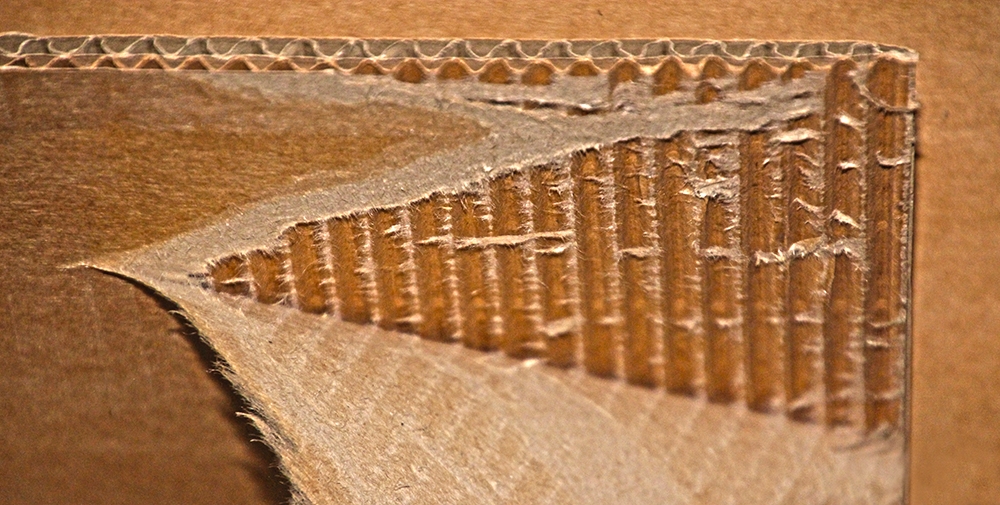Corrugated is not part of the waste problem, says trade association

IT’S a myth that eliminating corrugated packaging will automatically reduce the amount of waste in the food supply chain. Corrugated is not part of the waste problem insists the Confederation of Paper Industries (CPI), which is supporting its stance with recycling figures and information on enhanced production processes.
The trade association is hitting back at claims from some quarters that used corrugated is a waste material, when in fact most of it is recycled, and made into new packaging. It actually has a very low impact on the planet thanks to a recycling rate of over 80%.
CPI’s Director of Packaging Affairs, Andy Barnetson, said: “To say that using alternative packaging may result in ‘less corrugated’ misses the point. Corrugated is single trip but has such a high recycling rate that it doesn’t substantially impact on the waste problem.
“Our industry has always invested in recovery and recycling processes. Corrugated is fully recyclable through a closed loop system, so landfilling of corrugated must be viewed as a last resort. Such a versatile, easily recycled product should be recovered wherever possible, in order to make the most of the resources which went into its production.”
The Corrugated Packaging Industry in the UK has been instrumental in driving down waste within the supply chain, even before the Courtauld Commitment was introduced. It is a pioneering force in sustainable, lightweight, recyclable papers that do not compromise the integrity of goods in transit, and ensure that they arrive still in top condition.
In today’s challenging economic climate, it is quite right that supply chains are being scrutinised in an effort to drive down costs and meet environmental objectives. But when developing packaging solutions, many factors must be taken into account including transport efficiency.
With the advent of modern corrugated processes, such as new flutings that offer up to 23% storage space saving, the Corrugated Packaging Industry is offering extremely space-efficient packaging which is leading to better use of pallets, resulting in fewer vehicles on the road.
Boxes need to be designed to fill Lorries from floor to roof. If every single lorry on the road was filled to complete capacity, the savings in fuel costs and CO2 emissions would be huge. Corrugated can adapt itself to product after product. By contrast, alternative packaging options do not have this flexibility and as a result are not as space efficient.
Corrugated may not have all the answers, but it is the most widely used packaging material in the UK and has helped deliver goods to market safely for over a hundred years. It should not be considered as waste but as the safe and sustainable packaging solution that it has always been, insists the CPI.